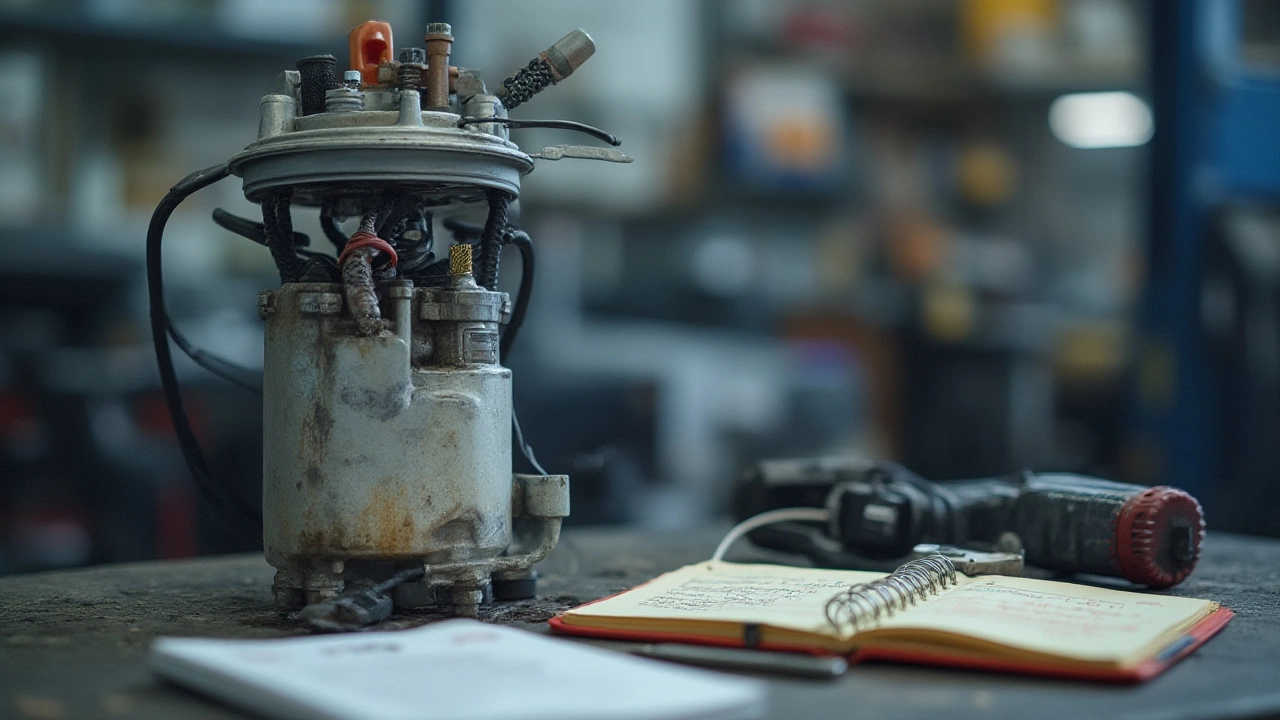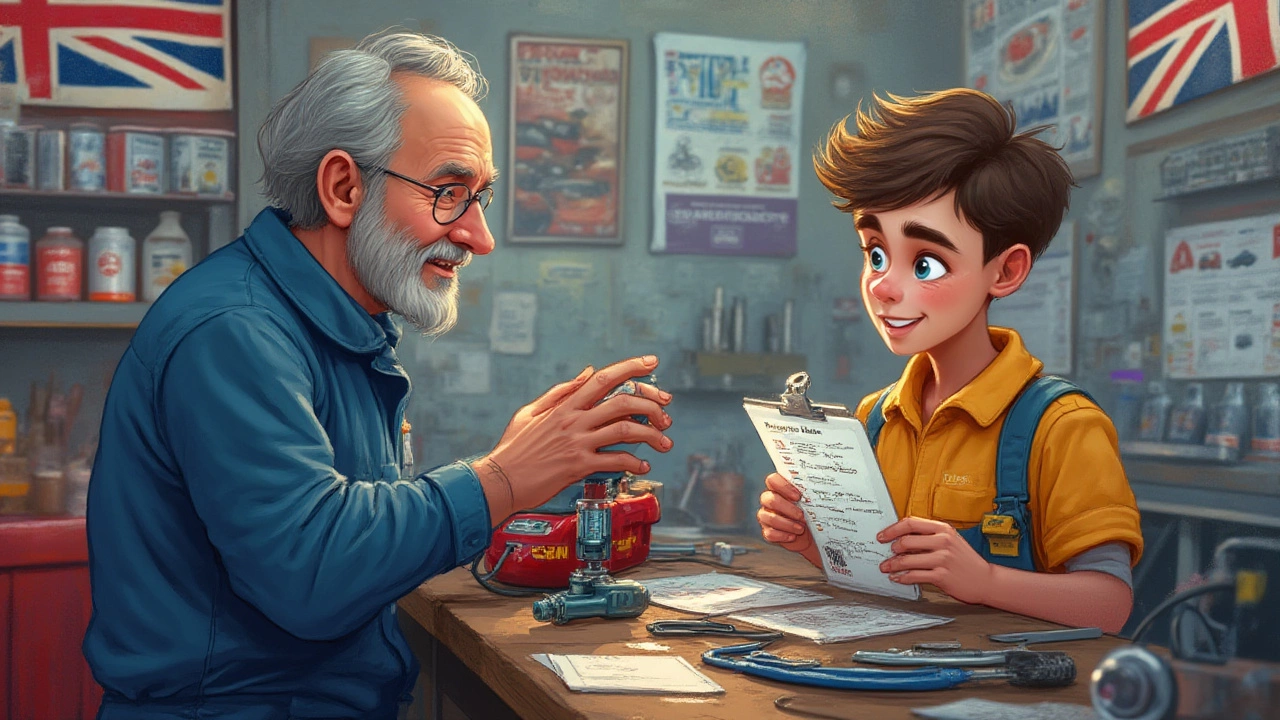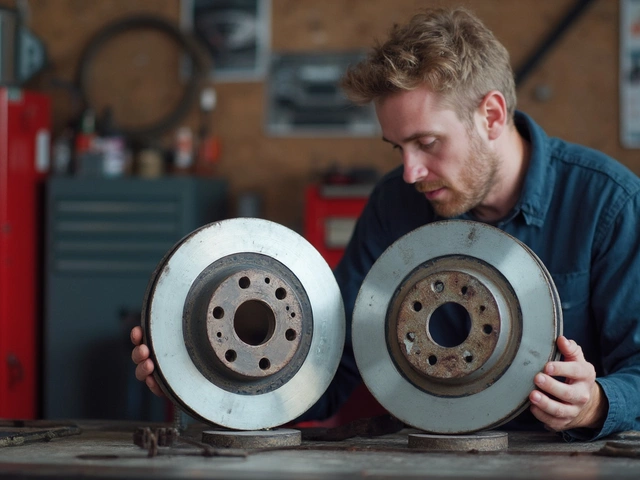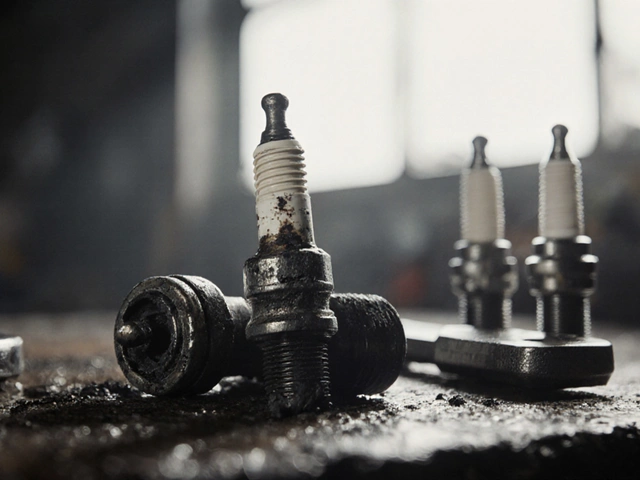Most people don’t think twice about their fuel pump—until the car starts sputtering like a kettle or just flat-out refuses to start. It’s wild how something you barely notice can totally strand you outside your favorite chip shop or, like it happened to me once, on a rainy night in Bristol when Olivia just wanted to get home. The fuel pump is that silent workhorse in your car. If it fails, you’re not going anywhere. Some will tell you it’s too complex to check on your own. That’s nonsense. With the right steps and a clear plan, anyone can test a fuel pump. I’ll show you exactly how to sort it, with a few hard-won tips I wish someone had told me earlier.
Understanding Fuel Pumps: What They Do and Why They Matter
If your car was a human body, the fuel pump would be the heart. It’s in charge of sending fuel from the tank to the engine at exactly the right pressure. Put simply: no fuel pump, no drive. Modern vehicles use electric fuel pumps, which sit inside the tank and deliver fuel under high pressure for the engine’s injectors. Older motors often rely on mechanical pumps fitted to the engine itself. Either way, their goal’s the same—steady fuel flow, every time you turn the key.
It might blow your mind that the average electric fuel pump delivers about 2.5 to 4.0 bar (that’s roughly 35 to 58 psi) of pressure to your engine. Anything much less and the engine starts gasping. If your car hesitates during acceleration or takes a few tries to fire up, that’s your warning bell ringing. According to the AA, around 19% of roadside breakdowns related to fuel delivery are down to, you guessed it, pump failures. It’s more common than you’d think.
Modern-day pumps aren’t just dumb pipes—many link up with sensors and can adjust how they run depending on demand. So, if your fuel mileage is plummeting, or you catch a weird whining noise from the rear seat area, chances are your pump’s flagging out an SOS. Fun fact: BMW’s variable-rate electric pumps can save up to 0.3 litres per 100 km just by only working as hard as needed. Quite clever.
Knowing what the fuel pump does helps you recognize when things go wrong and, most importantly, keeps you from replacing half your fuel system due to a simple filter clog. Trust me, I’ve seen garages go on wild goose chases replacing everything but the problem.
Classic Symptoms of a Faulty Fuel Pump
Catching fuel pump trouble before it strands you isn’t a guessing game—it’s about watching (and listening) for the right signs. That infamous whining from the rear? That’s straight out of Vauxhall Corsa owner complaints. Hard starts, especially on cold mornings, hint at low pressure. A sudden drop in power while overtaking or cruising on the M5 is another red flag. This stuff doesn’t fix itself with hope alone.
Here are the most common fuel pump warning symptoms:
- Engine cranks but won’t start, especially after the car’s been sitting overnight.
- Stalling or sputtering even with enough petrol in the tank.
- Loss of power under load (think: going up hills or overtaking).
- Odd whirring, whining, or buzzing noises beneath the rear seat.
- Noticeable jump in fuel consumption. Some pumps can overcompensate for failure, flooding the injectors.
- Misfires at speed, particularly at high revs.
- Car dies after driving a short distance, then restarts after cooling down. This points to heat-related pump failure.
You might spot one symptom or several. According to a 2023 RAC survey, more than 60% of failed pumps showed symptoms for weeks before giving up entirely. The earlier you pick up these clues, the cheaper and easier it is to solve the issue. And if you’re hearing a noise that wasn’t there before, don’t just turn up the radio—get investigating.

Step-by-Step Guide: How to Test a Fuel Pump Yourself
Testing a fuel pump isn’t rocket science—just take it one step at a time, use the right tools, and remember safety first (petrol and sparks aren’t friends). Everything you need is probably in your garage: a fuel pressure gauge, a multimeter, and if you’re keen, a simple relay tester. Here’s how the process usually goes:
- Locate the fuel pump: Usually inside or next to the fuel tank. Your owner’s manual will say exactly where.
- Check pump sound: Sit in the car, switch the ignition to “on” (don’t start it). Listen for a 2-3 second whirr from the rear. Hear nothing? Could be dead or there may be a blown relay or fuse.
- Test the fuel pump relay: Find your car’s fuse/relay box, usually under the bonnet or glovebox. Swap suspect pump relay with another of the same type to see if the problem moves.
- Measure fuel pressure: Connect a fuel pressure gauge to the test port on the fuel rail (sometimes called a Schrader valve, looks like a tyre valve). Turn key to ‘on’—note the pressure. Most modern petrol engines want 45-55 psi, but check your specs. If you see less, or it drops quickly after turning the key off, there’s a leak or failing pump.
- Check voltage at the pump: Disconnect the fuel pump connector and use a multimeter. With ignition on, 12 volts should be present. Less than that points to wiring/relay faults killing the pump.
- Test pump operation directly: Some pumps can be briefly powered with jump wires (carefully!). Remove relevant fuses/relays and power the pump directly. It should hum and generate pressure fast—if not, it’s toast.
Quick tip: always have a fire extinguisher nearby when you’re working with fuel, just in case. Petrol spills are no joke. One bloke in Bristol once torched his shed because he smoked near a fuel line—legend on the street, but not in a good way.
Here’s a quick table with average fuel pressure specs for popular UK models for reference:
| Make & Model | Fuel Type | Normal Fuel Pressure (psi) |
|---|---|---|
| Ford Fiesta Mk7 | Petrol | 50-55 |
| Vauxhall Astra K | Petrol | 40-50 |
| Volkswagen Golf Mk7 | Petrol | 45-52 |
| BMW 320i (F30) | Petrol | 48-53 |
| Nissan Qashqai | Petrol | 47-54 |
If your reading is way below these figures for your car, it’s time to replace that pump or at least check for a clogged filter before blaming the pump outright.
“A fuel pump that fails completely can leave you stranded, but intermittent faults are more dangerous because they can suddenly rob your car of power at the worst time.” — Haynes Manual for Vehicle Electronics, 2022 Edition
The Right Tools and Safety Precautions for Testing a Fuel Pump
A lot of would-be mechanics skip this bit, but using the proper gear makes testing test fuel pump issues both safer and way more accurate. If you’re serious about sorting your own car, invest in these:
- Quality fuel pressure gauge with adaptors (approx. £25-£40 from common online retailers).
- Digital multimeter for electrical testing (£10-£20).
- Basic toolset: ratchets, screwdrivers, needle-nose pliers (chances are you already have these).
- Safety goggles and disposable gloves (fuel in the eyes is no joke—I learned that the hard way, and Olivia watched me rinse for half an hour).
- Fire extinguisher rated for liquid fuels.
- Old towels or rags for catching any petrol leaks.
Keep your work area well-ventilated—garages are notorious for trapping fumes. Always disconnect the battery before working directly with electrical connectors at the pump. Never test indoors with the doors shut. It’s better to annoy your neighbors with a bit of noise than end up dizzy, or worse.
If you’re doubting the reliability of your pressure reading, try a second gauge (sometimes the budget ones stick). Also remember, always relieve fuel system pressure before unhooking anything. There’s usually a Schrader valve or a pressure relief procedure in the manual—don’t skip it. Petrol in the face ruins any afternoon.
Some motors, especially diesels with high-pressure pumps, can force fuel out at dangerous rates. Don’t try to disconnect lines with the system live. For those, the pro route is safer, unless you really know your stuff.

Common Mistakes and Troubleshooting Tips
Not every issue blamed on the fuel pump actually starts there. Sometimes a clogged fuel filter, dodgy fuel pressure regulator, or a failing ignition coil masquerades as pump trouble. Here are some classic slip-ups to dodge:
- Swapping the pump immediately based on symptoms alone. Always check voltage and pressure first.
- Missing faulty relays or fuses—if the pump gets no power, it won’t run, but that’s not the pump’s fault.
- Ignoring ground connections. About 23% of “dead” pumps in a 2022 Halfords survey had poor earth wiring rather than pump failure.
- Failing to check for leaks. Pressure drop isn’t always a pump thing; rusty lines or leaking injectors drop pressure just the same.
- Testing only with a cold car. Some pumps fail when hot, working fine after cooling—a tricky one to catch if you don’t test twice.
- Over-tightening connectors when reassembling, cracking the plastic on the pump lid. That’s a repair that will haunt you at every fill-up with petrol smells.
- Not cleaning up spilled petrol—leaves residue, attracts dirt, and smells for ages.
If after all these checks your pump’s shown as faulty, swap it with an OEM or trusted aftermarket unit—cheap, no-brand pumps are notorious for early failure. And keep hold of your pressure readings for future reference. They’ll save you guesswork on the next round.






